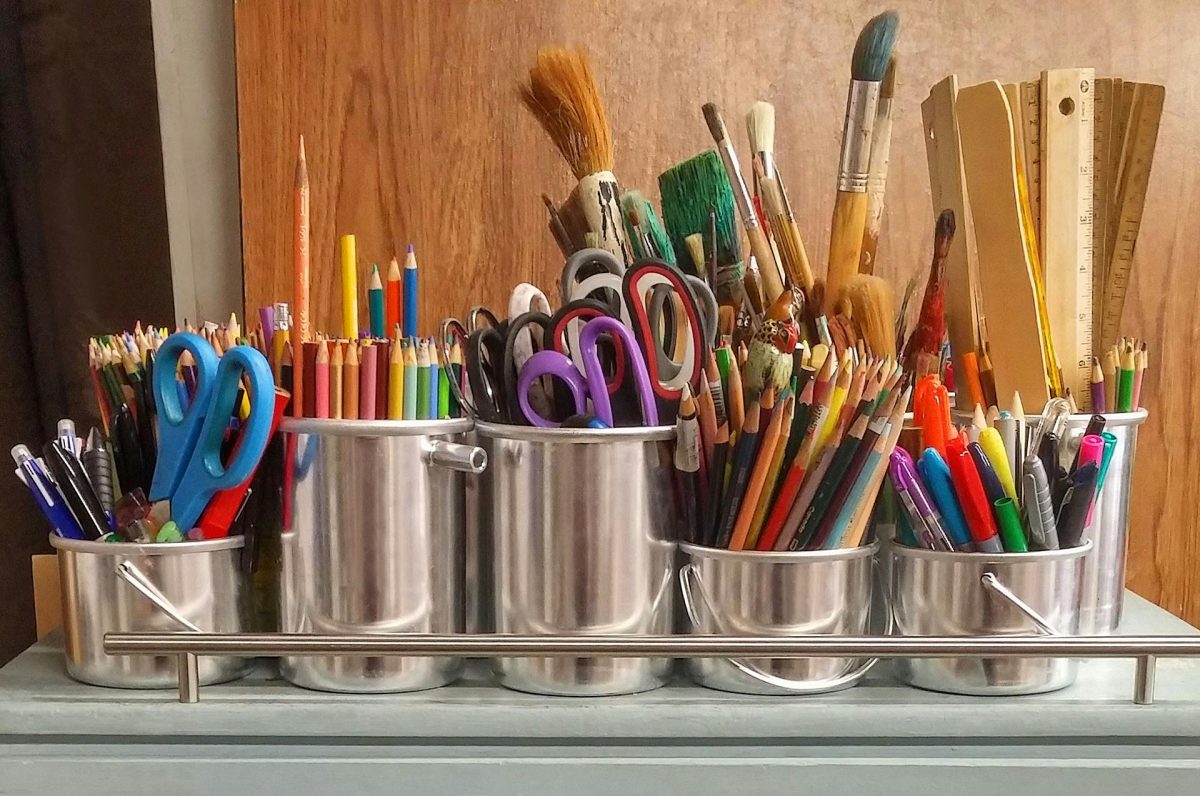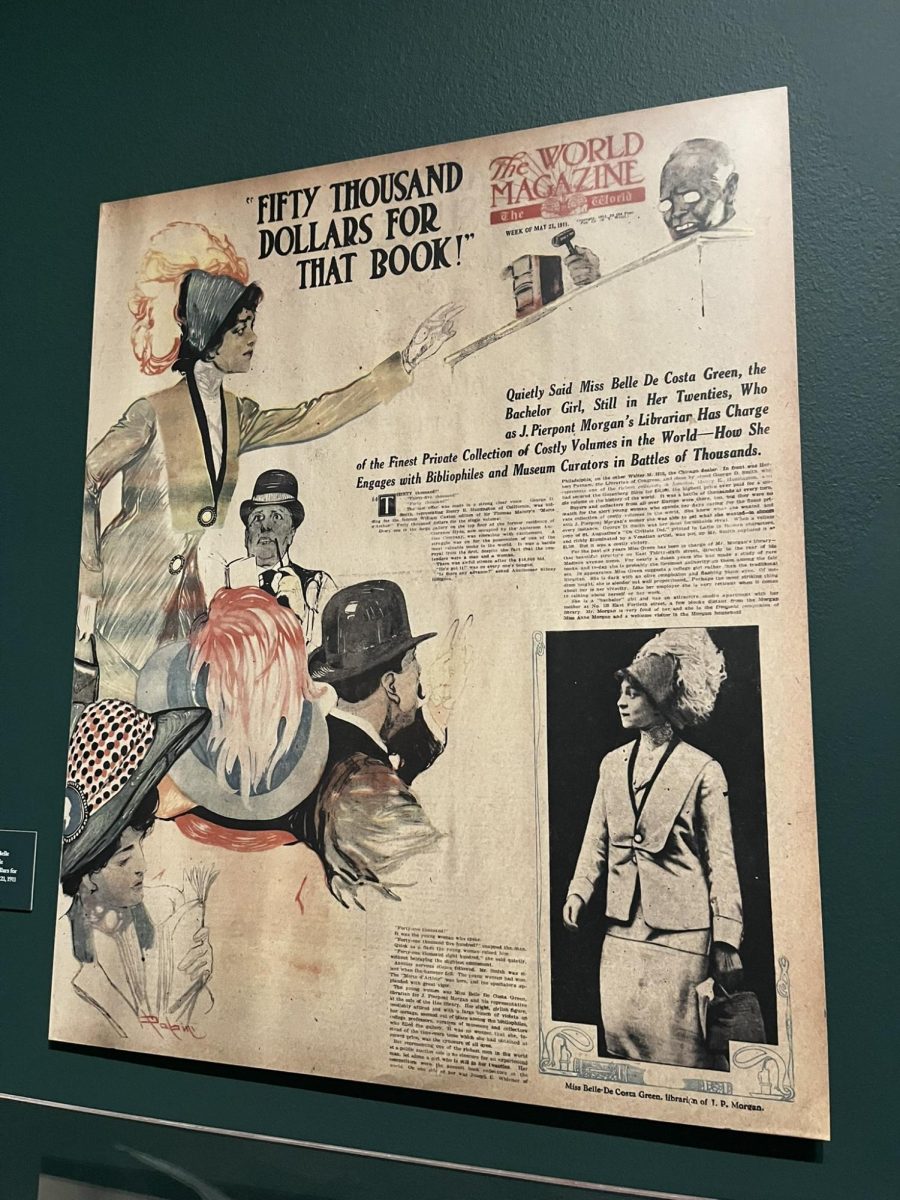Pockets: A Feminist Movement
March 28, 2023
Many girls today can relate to the lifelong issue of being unable to find many cute clothes with functional pockets. I decided to find out exactly why this is, only to learn that the problem of pockets for women is centuries older than I had anticipated.
Pockets were invented during the Middle Ages but became significantly more commonplace by the 15th century. Pockets started as small pouches which were typically tied with a rope around the waist. Working women might have kept them above their skirts for easy access. For formal occasions and in polite society, pockets were placed underneath a dress’s petticoats, which made them difficult to access in public. A woman would sometimes have to lift her skirts to retrieve the belongings stored inside, which would essentially be publicly undressing. However, slits could be made in a woman’s skirt for easy access. Even though pockets often remained invisible, they were often customized. They were usually made with linen and could be embroidered with unique patterns or the owner’s initials.
There are not many records of what women kept in their pockets, but a few diary entries, news clippings, and reports of missing or stolen pockets detail what may have been typical of the time. Women may have kept jewelry, handkerchiefs, gloves, snuff boxes, sentimental items, watches, and even a little money— whether it be their own for spending or their husband’s wages.
During the 17th century, men’s clothing began to include sewn-in pockets. The same modification was unfulfilled concerning women’s garments. As smaller and more closely-fitting dresses became fashionable (beginning in the 1790s), pockets were temporarily abandoned altogether in women’s fashion. They were more difficult to hide beneath the smaller skirts. Thus, the reticule was born. Reticules were small, decorated pouches, often so small that they could carry little more than a few shillings. According to Chanju Mwanza’s article, “The Bewildering and Sexist History of Women’s Pockets,” the switch to the reticule “…was essentially an embodiment of the fact that women had next to no access to money or property, therefore wouldn’t need a functional pocket.” At the time, it was commonplace that their belongings should be owned— and therefore could be carried— by their husbands.
The Rational Dress Society was formed and campaigned for more practical clothing for women in the 1800s. The 20th century brought more attention to the fight for women’s rights. Rebellious manuals were sold, teaching women how to sew pockets into their skirts. In 1910, a “‘Suffragette suit’ with no less than six pockets became all the rage” (Mwanza). As a result of the World Wars, more and more women opted for pants with large pockets for comfort, functionality, and freedom.
Unfortunately, the fight did not end there. After the end of both wars, women were pressured to forgo their new, more “masculine” attire. The handbag industry began to grow, making pockets more of a luxury than an essential. Again, as women’s clothing trends became increasingly tight-fitting, less and less room was left for pockets.
As an article by Usha Lee McFarling titled “The ultimate feminist issue: pockets” points out, it isn’t even a particularly difficult problem for clothing designers to fix. The issue of pockets is an age-old struggle, and despite centuries of fighting for women’s rights, it is yet to be resolved. It isn’t merely a problem in fashion, but it has long been a topic of feminist conversation.

































































